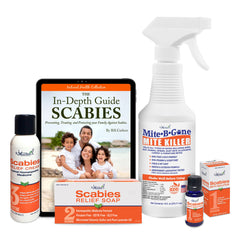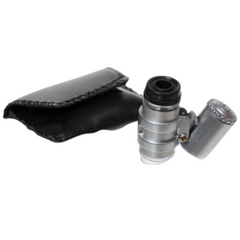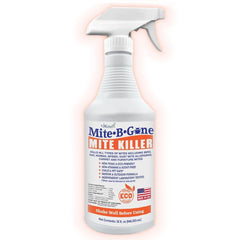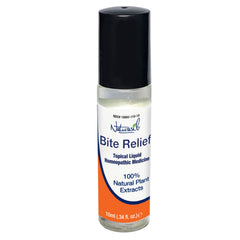What has long been considered an affliction of the poor and unclean, scabies respects no class or even cleanliness level? These equal opportunity mites can be found anywhere from luxury resorts to rural villages, and with historical evidence dating back roughly 2,500 years, scabies is one of the most successful and prominent skin mites in human history. Although the World Health Organization considers scabies to be a water-related disease, as there's a direct connection between hygiene as a means of controlling or preventing its proliferation, many feel this is an inaccurate classification as scabies is known to infect those with poor and excellent personal hygiene regimens.
When An Embrace Transforms Into An Infestation
In the most fundamental sense, the transmission of scabies is by direct skin-to-skin contact with a person who is currently infested. However, it's important to realize that quick skin-to-skin contact, such as from a handshake or a hug, is generally not long enough to encourage transmission. Rather, prolonged contact is required for mites to work their way from the original host to their new victim. Many health care organizations and professionals classify scabies as a sexually transmitted infection (STI) because many infections occur post-sexual activity. However, this classification is inaccurate as its transmission is not solely related to sexual encounters, unlike nearly every other STI.
Although there are literally hundreds of situations that may result in the transmission of scabies, the bulk of these scenarios fit within two umbrella encounters:
- Skin-to-Skin Contact – Whether from sexual encounters, prolonged embraces with friends or families, or via close contact with a large group of people, the most common way to contract scabies is via skin-to-skin contact. The U.S. National Library of Medicine states that the transmission of scabies can occur quite swiftly in large crowds, such as childcare centers, hospitals, and even on crowded subways or at concerts. However, the likelihood of contracting scabies via public transportation or music venues is significantly lower than via prolonged bare skin contact.
- Infested Materials – Although rare, it's possible to become infected with scabies by coming in contact with infected materials, such as bedding, towels, and furniture. Because the American Academy of Dermatology states that scabies may live anywhere from 48 to 72 hours without a human host, mites left behind on objects can potentially find a new host within this window of opportunity. While scabies infections via clothing, towels, and bedding are extremely uncommon, if a person has Norwegian Scabies or Crusted Scabies, the likelihood of transmission via non-skin contact modes is significantly higher, according to the Centers for Disease Control.
It's All In The Bumps – Scabies Signs And Symptoms
Unlike many other skin conditions, evidence of a scabies infestation does not showcase immediate signs or symptoms. The research outlined by Stanford University suggests that those exposed to scabies for the first time may feature an incubation period lasting anywhere from two to six weeks; however, those who have had scabies in the past may begin to showcase symptoms in as little as one to four days.
As the mites burrow into your skin, they immediately begin to feed off your blood and skin while laying eggs to expand their internal population. As your body begins to notice the parasitic effects of these mites, the immune system reacts in the form of visible skin rashes and itching. Although you may experience unique symptoms due to your immune system response, the most common scabies symptoms include:
- Itching – This is the first sign of an infection. While the itch may be mild at first, after several days it can become quite severe. Commonly, the itching sensations increase at night when the mites become active and feed.
- Skin Rash – A scabies rash is often identified as small, pimple-like bumps, which form in a straight line. In some cases, the rash may appear scaly, such as those associated with eczema.
Along with identifying symptoms, you should pay attention to where the symptoms occur. In general, scabies tends to swarm to specific areas of the body, which include:
- Hands and Arms – Scabies tends to flock to areas between the fingers, around fingernails, within the elbows, and along your wrists. If a mysterious and itchy rash appears in such locations, a scabies infestation is a likely culprit.
- Covered Areas of the Body – Scabies enjoy dark and slightly damp locations. Therefore, it's not uncommon for these mites to be located along the creases of your buttocks, along your waistline, and in any other portion of your body that's consistently covered by clothing or jewelry.









